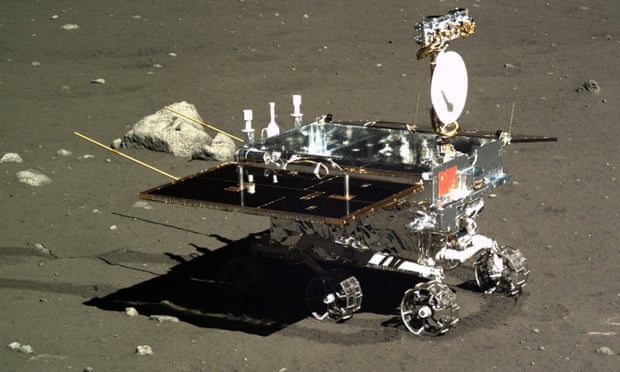A recent Chinese mission has revealed more about the South Pole Aitken basin
Source: The Guardian
Most space rocks that hurtle towards Earth burn up in the atmosphere. The moon’s lack of atmosphere means it does not have the same protection, and consequently its surface is peppered with craters. The oldest and largest crater – a massive 2,000km across and 13km deep – sits at the far side of the moon. Known as the South Pole Aitken basin, this crater fascinates scientists because it may help reveal what’s inside the moon.
Data from Nasa’s Grail mission in 2011 mapped the moon’s gravitational field and showed that the South Pole Aitken basin exerted a strong pull. Scientists speculate that this might be due to a large chunk of nickel and iron embedded beneath the crater – perhaps the remnants of the asteroid that created it. Or it could be an anomalously dense region in the moon’s interior.
Now data from the Chinese Chang’e 4 rover – which rolled across the crater in January 2019 – appears to rule out the asteroid remnant theory. Early results indicate that the crater surface is dominated by a common moon crust mineral called plagioclase, while minerals expected in the moon’s interior are rare, suggesting that the impact that created the crater did not pierce the moon’s crust.

































Leave a Comment
You must be logged in to post a comment.